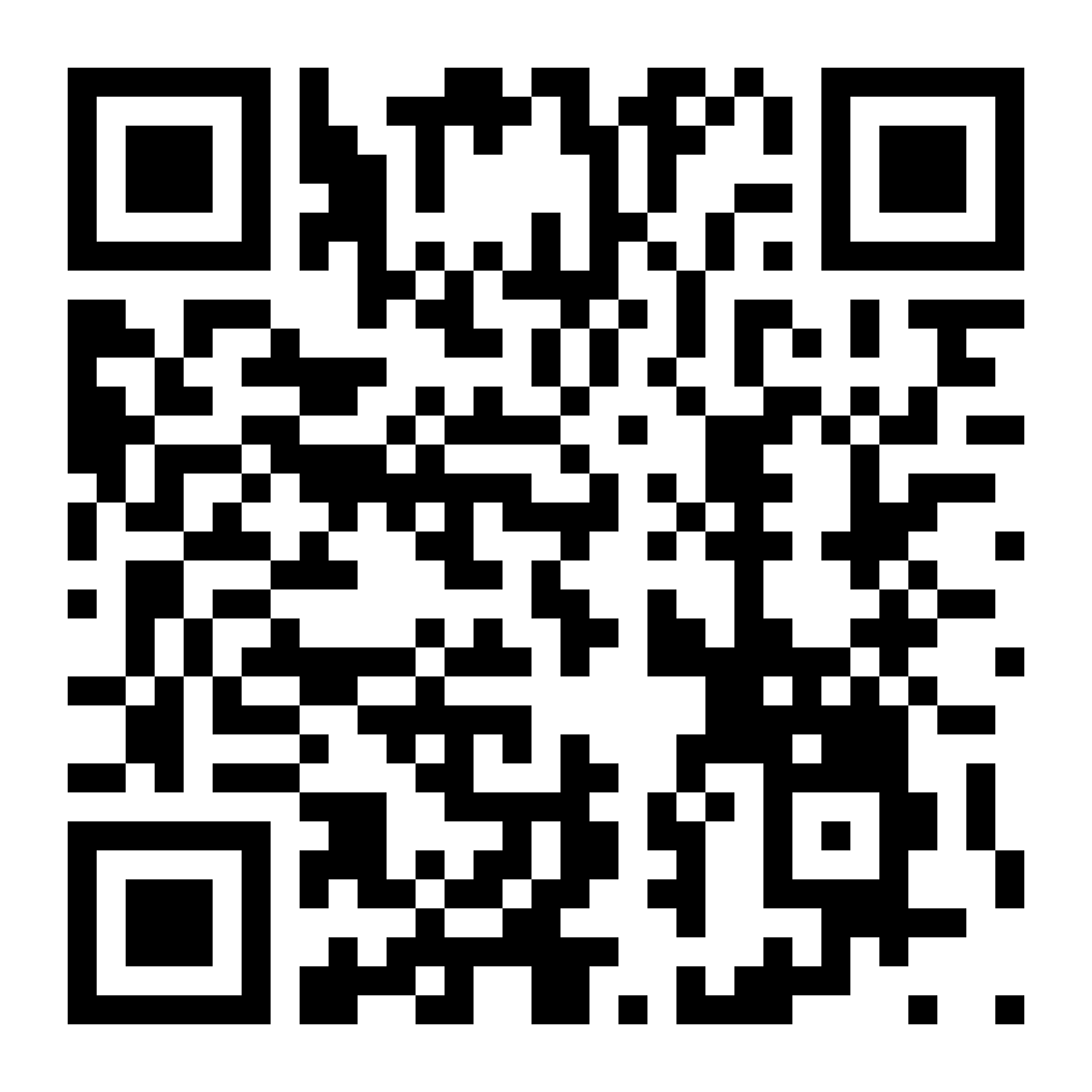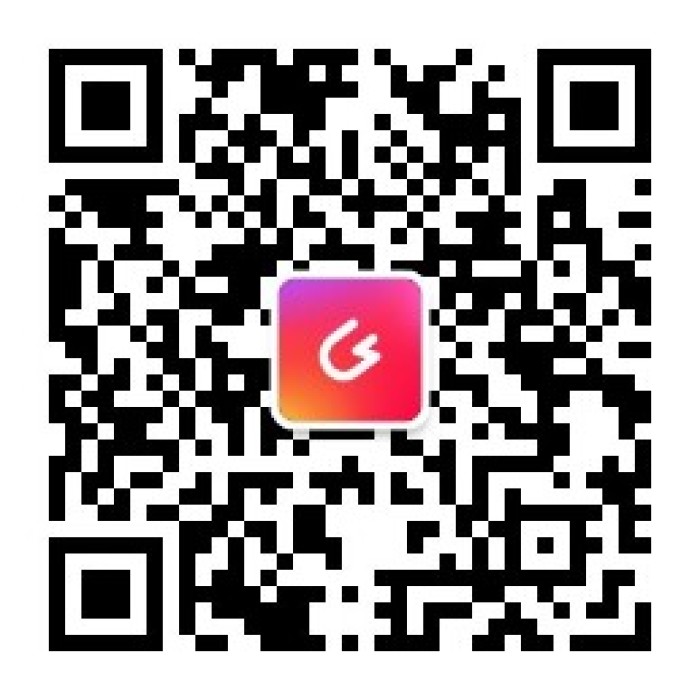What is LGBTQ+?
The LGBTQ+ acronym has become more prevalent in recent years as a way to refer to the community of people who do not identify as heterosexual or cisgender. The longer acronym represents an evolution towards greater inclusivity of the broad spectrum of sexual orientations and gender identities that exist. As societal attitudes and legal rights for non-heteronormative people continue to progress, there is still a need for education, visibility, and open dialogue to nurture inclusive communities where LGBTQ+ people feel safe, empowered, and celebrated for who they are.

What is LGBTQ+?
The LGBTQ+ acronym encompasses the diversity across the queer community, with each letter representing a different identity label.
Lesbian
A lesbian is a homosexual woman who is emotionally, physically, and sexually attracted to other women.
To find similar joy, you can connect with friends on the lesbian dating app.
Gay
Gay refers to a homosexual person who is attracted to someone of the same gender. It can refer to gay men as well as lesbians, although it is commonly used to describe gay males.
Bisexual
Bisexual people have emotional, physical, and sexual attraction to more than one gender. Unlike monosexual identities like gay and lesbian, attraction is not limited to a single gender.
Transgender
Transgender is an umbrella term used to describe people whose gender identity does not fully match the biological sex they were assigned at birth. This includes identities such as transgender, gender non-conforming, non-binary, and genderfluid.
Queer
Historically used as a slur, queer has now been reclaimed by many within the LGBTQ+ community. It serves as a broad label that describes those who do not identify as straight and/or cisgender. Queer has a more fluid connotation, encompassing identities and concepts spanning across the spectrum of gender and sexuality.
Questioning
Questioning refers to those who are in the process of exploring or questioning their own sexual orientation or gender identity. They have not yet come to a conclusion about how they identify.
Plus
The plus represents sexual orientations, gender identities, and biological sex characteristics that are also included under the broader queer umbrella, but not explicitly covered in the main LGBTQ acronym. This can include identities such as pansexual, asexual, intersex, Two Spirit, and more. The ever-growing range of terms reflects the complexity and nuance across human experiences of sexuality and gender.

Commonly Used LGBTQ+ Identities
While the main LGBTQ+ acronym covers some of the most common sexual orientations and gender identities, many additional labels and terminology exist to describe experiences people have related to their sexuality, gender expression, or biological sex traits. Here are explanations of some frequently used terms:
Abrosexual
Abrosexual refers to someone whose sexuality is changing or fluid. An abrosexual person may fluctuate between different sexual orientations or levels of attraction throughout their lives.
Ace
Ace, also seen as "Ace spectrum", is used as shorthand for asexual identities. The ace spectrum includes people who experience little to no sexual attraction but do not necessarily imply anything about their romantic attractions or lack thereof.
AFAB/AMAB
AFAB means assigned female at birth, while AMAB means assigned male at birth. These terms acknowledge that a person’s gender identity does not always align with the biological sex they were labeled with at birth.
Ally
An ally refers to someone who actively offers support, solidarity, and understanding towards the LGBTQ+ community, despite not identifying as LGBTQ+ themselves. Allies stand up against discriminatory jokes, policies, and behavior when witnessed.
Androgynous
Androgyny describes having both conventionally masculine as well as feminine traits. An androgynous person’s gender expression does not fit clearly male or female categories.
Bigender
Bigender individuals have two distinct gender identities, experiencing their gender as a combination or fluctuation between both men and women.
Cisgender
A cisgender identity matches the biological sex assigned at birth. Someone who identifies as the gender they were labeled with at birth is described as cisgender.
Demisexual
Demisexual refers to someone who only experiences sexual attraction once a strong emotional bond has formed with a partner. Without that foundation of connection, demisexual individuals generally do not have sexual interests or responses.
Genderfluid
A genderfluid identity describes someone whose gender changes over time between options including woman, man, neither, or otherwise. The shifts may reflect an internal sense of varying degrees of “feeling like” a man or woman.
Graysexual
Graysexual or greysexual falls under the asexual spectrum umbrella, but with some differences. Graysexual people may only occasionally or rarely experience sexual attraction, or experience it with lesser intensity than is otherwise expected by society.
Masc and Femme
Masc and Femme describe fluctuations in gender expression, particularly seen in lesbian and queer communities. A masc lesbian/woman dresses and acts in a more stereotypically masculine way, while a femme lesbian/woman expresses herself in a typically feminine style.
Pansexual
Pansexuality refers to attraction potential towards others regardless of their gender identity. Pansexual people can be interested in cisgender, transgender, non-binary people, and others across the gender identity spectrum.
Two-Spirit
Two-Spirit acknowledges identities in some Indigenous cultures balancing both masculine or feminine spiritual qualities or gender roles. Historically, Two-Spirit people were respected community members.
How to Explain the Difference Between Sexual Orientation and Gender Identity
When discussing LGBTQ+ identities, it is important to understand the distinctions between sexual orientation and gender identity. Though often connected, these two concepts refer to different personal aspects.
1. Sexual Orientation
Sexual orientation describes a person's emotional, romantic, and/or physical attraction towards other people. Heterosexual people experience attraction towards the opposite binary gender, while gay men and lesbian women experience same-gender attraction. Bisexuality involves attraction to more than one gender. Beyond behavior, orientation refers to deep-seated affinities and bonds guiding intimate partnerships.
2. Gender Identity
In contrast, gender identity characterizes one's internal sense of their gender, naming “man”, “woman” or expansive non-binary identities encompassing elements of both or neither. Cisgender people possess gender identities aligned with their assigned sex at birth. Transgender individuals embrace core gender identities differing from original designations made solely according to physical appearance by doctors at the start of life.
3. Is There a Link Between Sexual Orientation and Gender Identity?
Gender and sexuality represent essential elements of identity. Yet they remain clearly distinct facets under the LGBTQ+ umbrella. Sexual orientation labels describe who one finds attractive as a partner.
Gender identity concerns who someone fundamentally knows themself to be. Individual gender identities and sexual orientations are expressed through variable outward presentations and behaviors.
But inner truths of identity operate separately from any external expressions. Notably, transgender people exhibit the full spectrum of possible sexual orientations. Core orientations generally persist no matter how gender identity shifts through transitions.
Coming Out Advice and Tips
Deciding who, when, and how to come out as LGBTQ+ depends greatly on whether you are telling parents, friends, or others. Appropriately tailoring your approach can ease this vulnerable revelation.
1. How to Come Out to Parents
Ensure Financial Independence: If still financially reliant on parents, establish secure alternatives in case support gets cut off unexpectedly due to strong opposition.
Connect with Other LGBTQ+ Youth: Find online groups of those with unaccepting parents to hear how they navigated it. You are not alone. Ask about local youth programs providing safe housing if needed.
Frame as a Personal Journey: Explain this identity is not anyone’s “fault” - it is discovering who you truly are. Ask parents to accompany you on this journey through reading LGBTQ+ educational sources to foster understanding.
Be Patient: Initial reactions may be emotion-driven. Continue highlighting your commitment to the relationship, believing that with time discomfort can shift to support. Space may help absorb news healthily.
2. How to Come Out to Friends
Scout Supportive Confidants: Weigh perceived allies wisely first before broadly announcing. Have private candid talks with those closest, then expand by degrees based on reactions.
Set Boundaries: Give space to sensitively ask questions, but don’t tolerate inappropriate “jokes” or invasive inquiries. Calmly reinforce what you feel comfortable discussing.
Offer to Educate: Provide LGBTQ+ learning resources. Encourage attending local events or related meetings. Make clear you still share the same values and interests.
Spotlight Self-Advocacy: Frame coming out as embracing empowerment to live fully. Your trust in confiding in them highlights closeness. Share what support would mean most now through their LGBTQ+ allyship.
Know that however anyone initially responds, living openly plants seeds allowing the next person to also embrace their truths. Support exists, and your right to belong is unqualified.
Marching Together Towards Acceptance
The LGBTQ+ community contains diverse gender identities and sexual orientations beyond societal norms. This group continues to gain acceptance through education and advocacy supporting authentic self-expression without judgment. More progress is needed to achieve full equality. However, individual pride and courage bring us closer to a just future where all people, regardless of gender or orientation, participate freely as respected members of society.
To find similar joy, you can engage in lesbian live chat on Lespark.

















